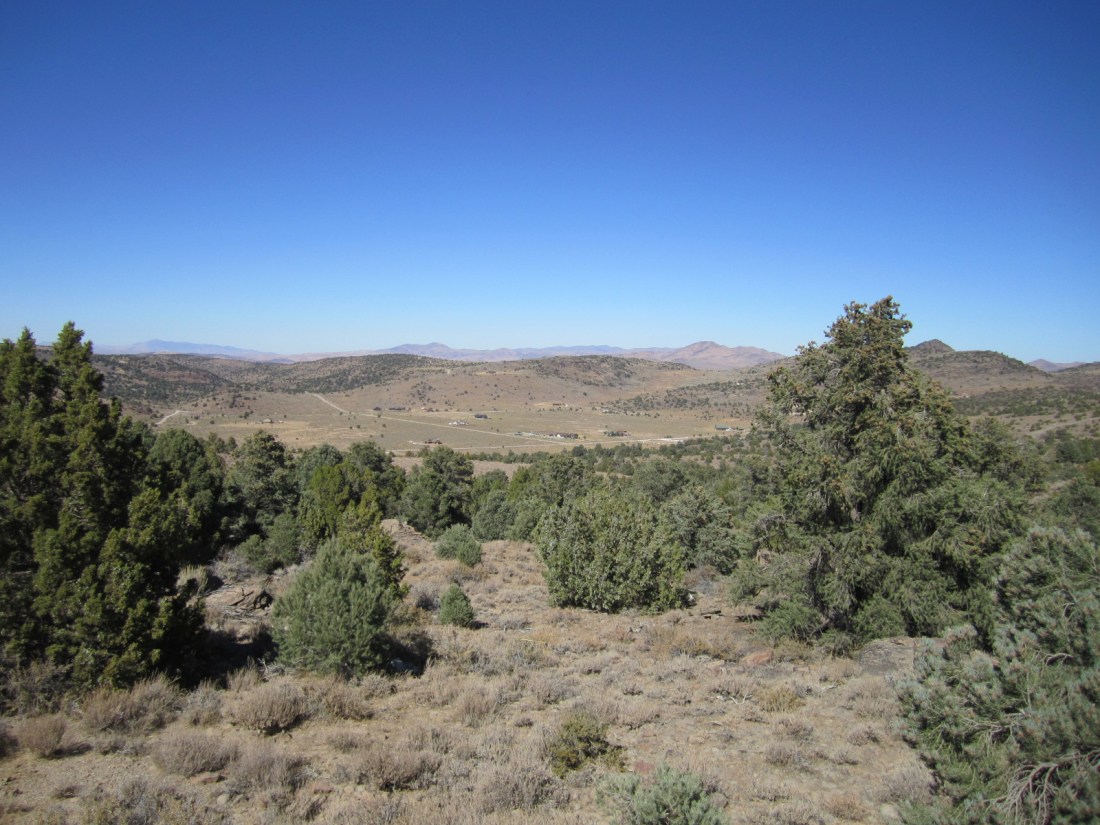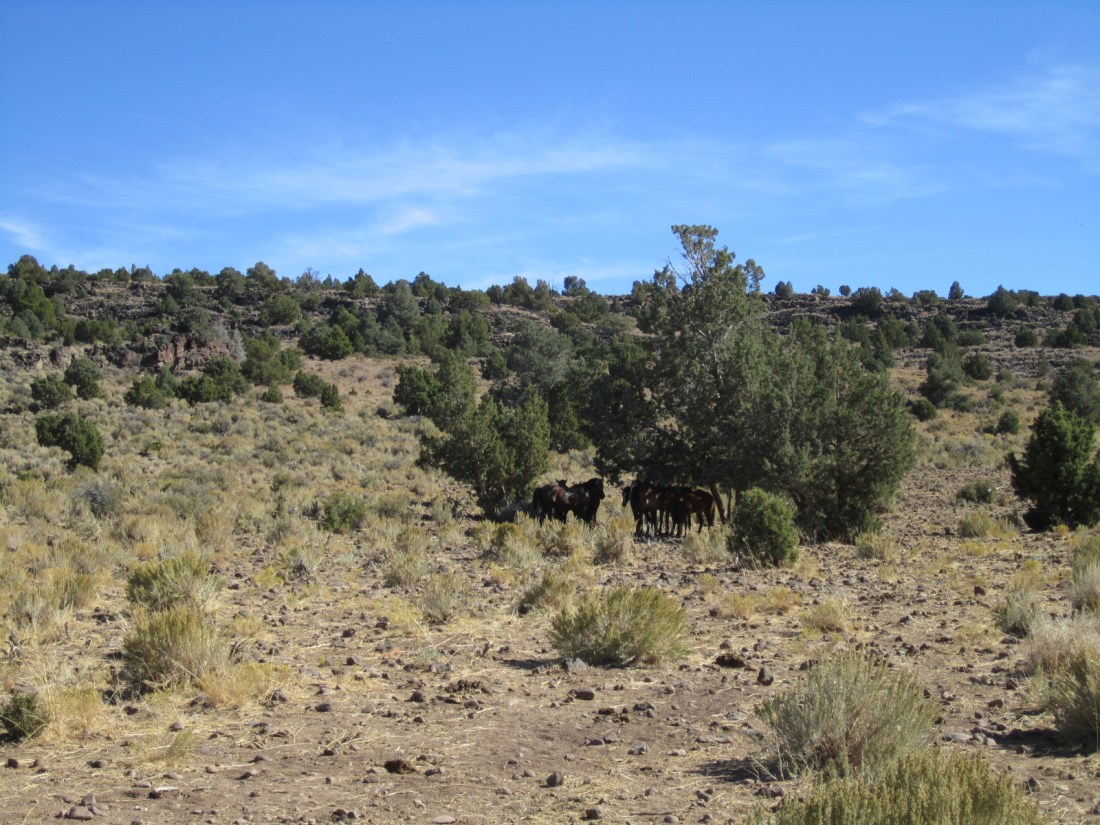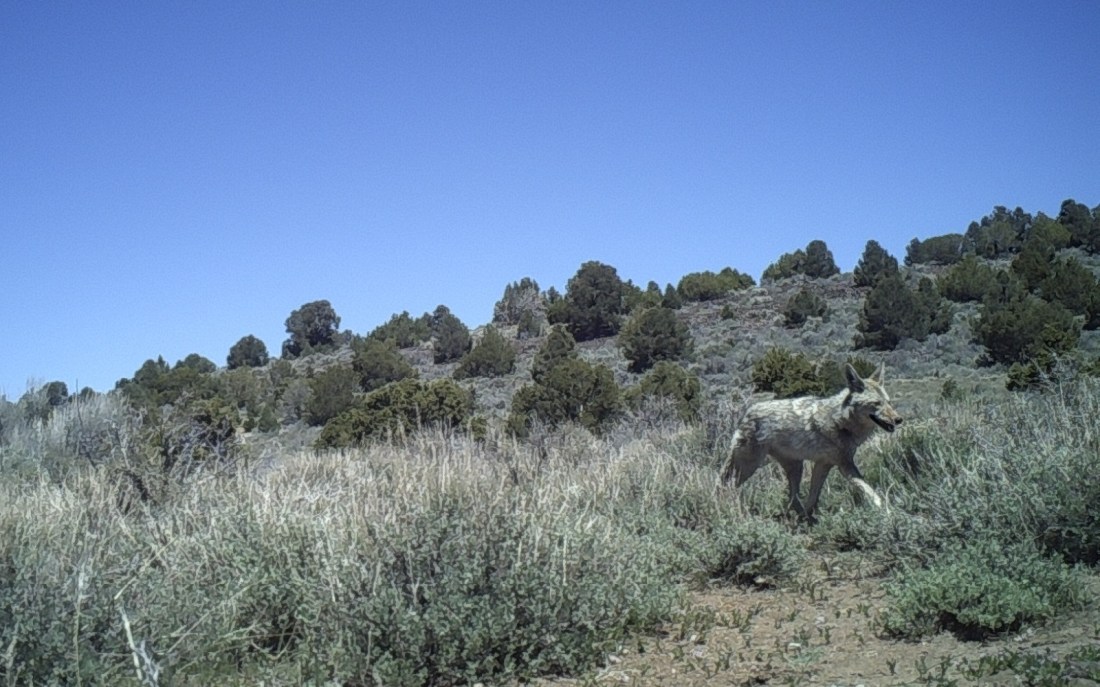If your water system is supplied by a well, it must have at least one pressure tank. The tank has two chambers. The upper section is filled with compressed air, the lower section holds water from the well. The water chamber usually has a rubber liner that provides a flexible diaphragm between the two chambers (like a balloon).
As water flows into the lower chamber, the diaphragm expands and pushes against the air, which is compressed in the upper chamber. The air pushes back against the diaphragm.
This maintains system pressure.
When you fill water buckets for your horses, air in the upper chamber pushes water out of the tank and into your system. Check valves in the discharge line from the pump make sure water doesn’t go back into the well.
When the system pressure drops below a pre-set point (determined by the pressure switch), the pump cuts in and refills the tank.
Pressure tanks are usually installed on the ‘raw’ side of the system, that is, upstream of the treatment equipment. More on that in a subsequent post.
You probably want a pressure tank that holds at least 20 gallons of water. The more capacity you have, the fewer on/off cycles for the pump, which extends its life. You can install pressure tanks in parallel for more storage. A horse ranch should have at least 40 to 60 gallons of water under pressure. Install a valve at each tank so it can be taken off-line without shutting the system down.
Vendors such as this one offer a range of pressure tanks and parts.
Tanks must be emptied of water before setting the air pressure in the upper chamber, which should be two psi below the ‘low’ setpoint of the pressure switch. If your switch turns the pump on at 40 psi water pressure, set the pressure in the upper chamber to 38 psi.
Pressure tanks often have valve stems on top similar to those on the tires of your car. You can use the same tool to check the air pressure in your tank(s).
If you live on a ranch, you may have a portable compressor for keeping the tires of your tractor properly inflated. You can use the same machine to service your tank(s).
In some areas, large non-pressurized tanks may also be required to provide water for fire protection. For example, a 5000 gallon poly tank with roof, or two 2500 gallon poly tanks in parallel. Water in these tanks might sit there for weeks or months.
Bulk tanks don’t store water under pressure. You’ll need a booster pump to supply the firewater system.
If these tanks provide water for your potable system, the booster pump would send water over to the treatment equipment and then out to your horses.
In both cases, the tanks would hold untreated (raw) water from your well, taken from a point downstream of the pressure tanks.
Your pump may run for several hours when filling a bulk tank. Make sure you’re not drawing water out of the well faster than it flows in!














